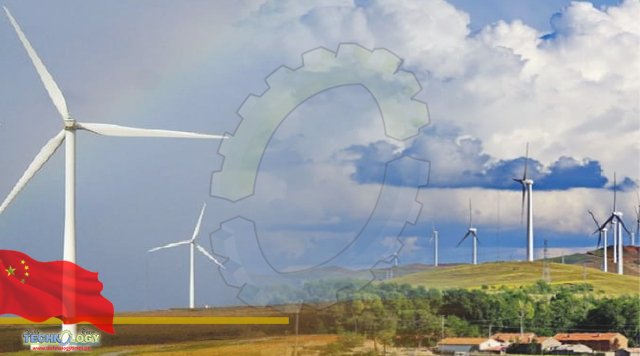Greenhouse gas emissions, China has made remarkable progress in reducing HFCs a type of greenhouse gas that is more potent than carbon dioxide, according to Zhao Yingmin, vice-minister of ecology and environment.

Speaking at an event last month themed on preserving the ozone layer, Zhao said this progress has been achieved as the nation strives to implement the Kigali Amendment to the Montreal Protocol on Substances that Deplete the Ozone Layer. The Kigali Amendment was created in 2016 to gradually reduce the consumption and production of HFCs based on the consensus that they are powerful greenhouse gases. Given their zero impact on depletion of the ozone layer, HFCs, formally known as hydrofluorocarbons, are used as replacements for some substances that have such an effect. Ozone depleting substances and HFCs are most commonly used in refrigeration and air-conditioning applications. greenhouse gas emissions, Zhao said that with the Kigali Amendment taking effect in China on Sept 15 last year, the nation has entered a new chapter in synergizing ozone layer protection and tackling climate change. He said the ministry and four other central government bodies, including the National Development and Reform Commission, have included HFCs in China’s list of restricted ozone depleting substances and controlled substances for import and export.
China also brought HFCs under its import and export license system ahead of schedule on Nov 11, he said. To date, the nation has completed examination and approval processes for 20,000 import and export businesses related to these substances. Since Sept 15 last year, Zhao said China has also banned companies from directly discharging HFC-23 a powerful climate pollutant as byproducts. This year, the nation capped the output of five major HFCs and banned companies from increasing HFC production capacity, Zhao added. China will also work to reduce emissions of methane a greenhouse gas more powerful than carbon dioxide in trapping heat. Methane is one of the major concerns in the action plan to reduce carbon emissions and enhance carbon sequestration capacity in the agricultural sector. Carbon sequestration is the process of capturing, securing and storing carbon dioxide from the atmosphere. The plan was jointly issued by the Ministry of Agriculture and Rural Affairs and the National Development and Reform Commission in July. Ruminant livestock species produce methane as a byproduct of digestion. Methane emissions also occur in rice planting and fish farming. The action plan pledges to tackle all three major emission sources. It vows to reduce emissions from ruminants by upgrading feeding methods, promoting breed improvement, and strengthening yield per unit. Measures will also be taken to use more feces from ruminants as resources to reduce the methane they emit.
Source: This news is originally published by chinadaily